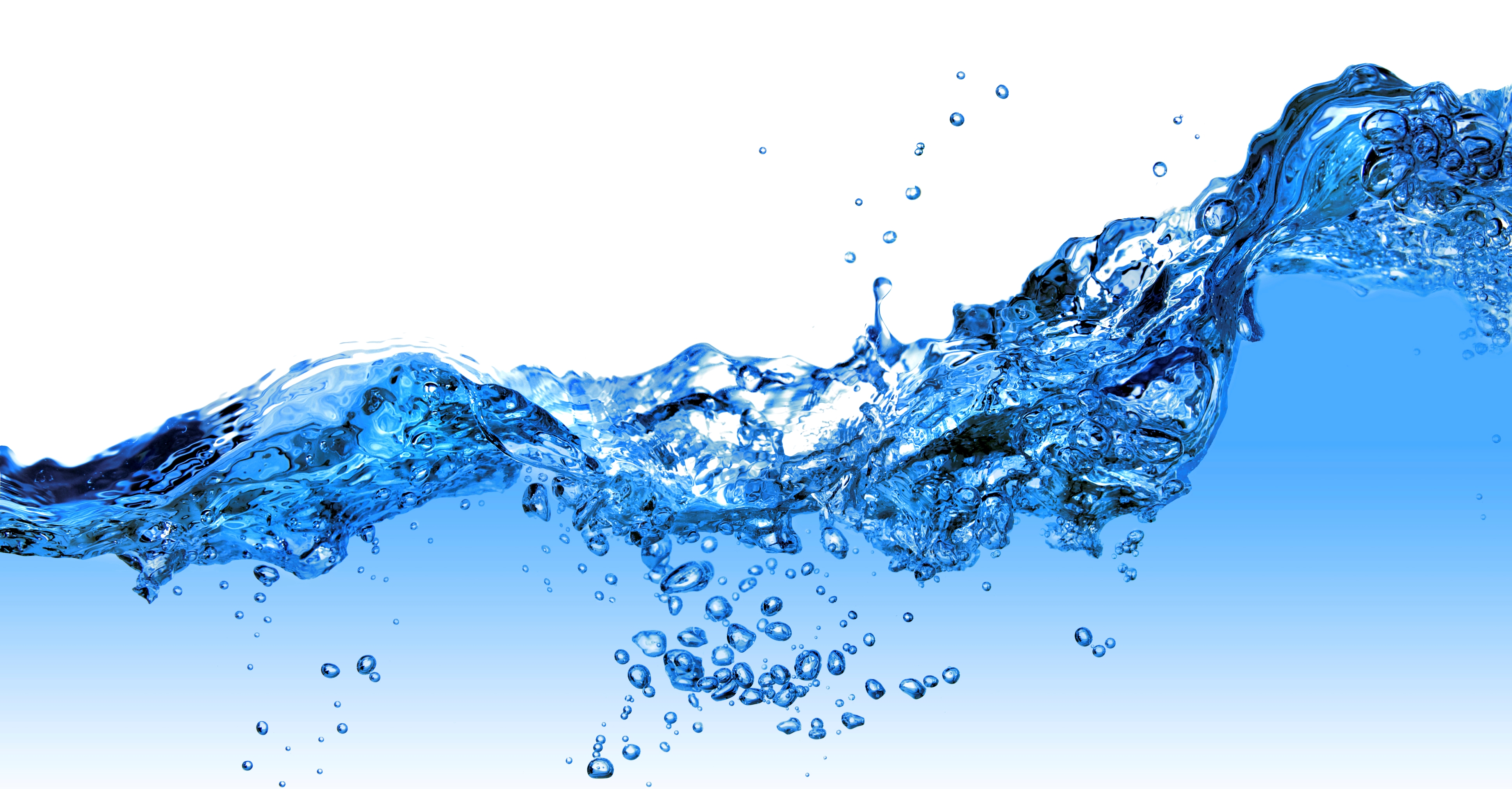By Emily Lehmann
What rhymes with stalactite (well, kinda) and can put your heartburn at bay? Hydrotalcite.
Believe it or not, an antacid – hydrotalcite – is the key agent used in a new treatment our scientists have developed for removing contaminants from mining wastewater.
Like hydrotalcites can reduce acidity and indigestion in sour tummies, we found that they can also be used in wastewater to trap unwanted nasties for easy removal.
The treatment is set to make water management practices across the mining industry more sustainable. It will also reduce the amount of sludge, which is a by-product of the water treatment process that is difficult to dispose of, by up to 90 per cent.
E=MC2 Model in studio
Purifying wastewaters in one step.
Hydrotalcites are made-up of layered minerals consisting of aluminium and magnesium-rich layers. Our scientists discovered that they form in wastewater when the aluminium and magnesium (common contaminants already present in wastewater) levels are tweaked to an ideal ratio and the pH is increased.
The one-step process purifies the wastewater from mines in a faster, more effective way than the lime-based treatments currently being used by the mining industry.
The key issue with lime-based methods has been the volume of sludge that forms and the subsequent problems with dealing with this sludge – either to extract the contained water, which often requires additional treatment, or to find enough space for long-term disposal.
The new treatment overcomes these problems by producing a lot less sludge – that is around 80 to 90 per cent less sludge in initial results.
The treated water can also be recycled back into the plant to lower the total cost of water used in the mining operations, ultimately helping to reduce water consumption.
Check out more of CSIRO’s research in the minerals and land and water fields.
Media enquiries: Emily Lehmann|+61 39545 8746|emily.lehmann@csiro.au


